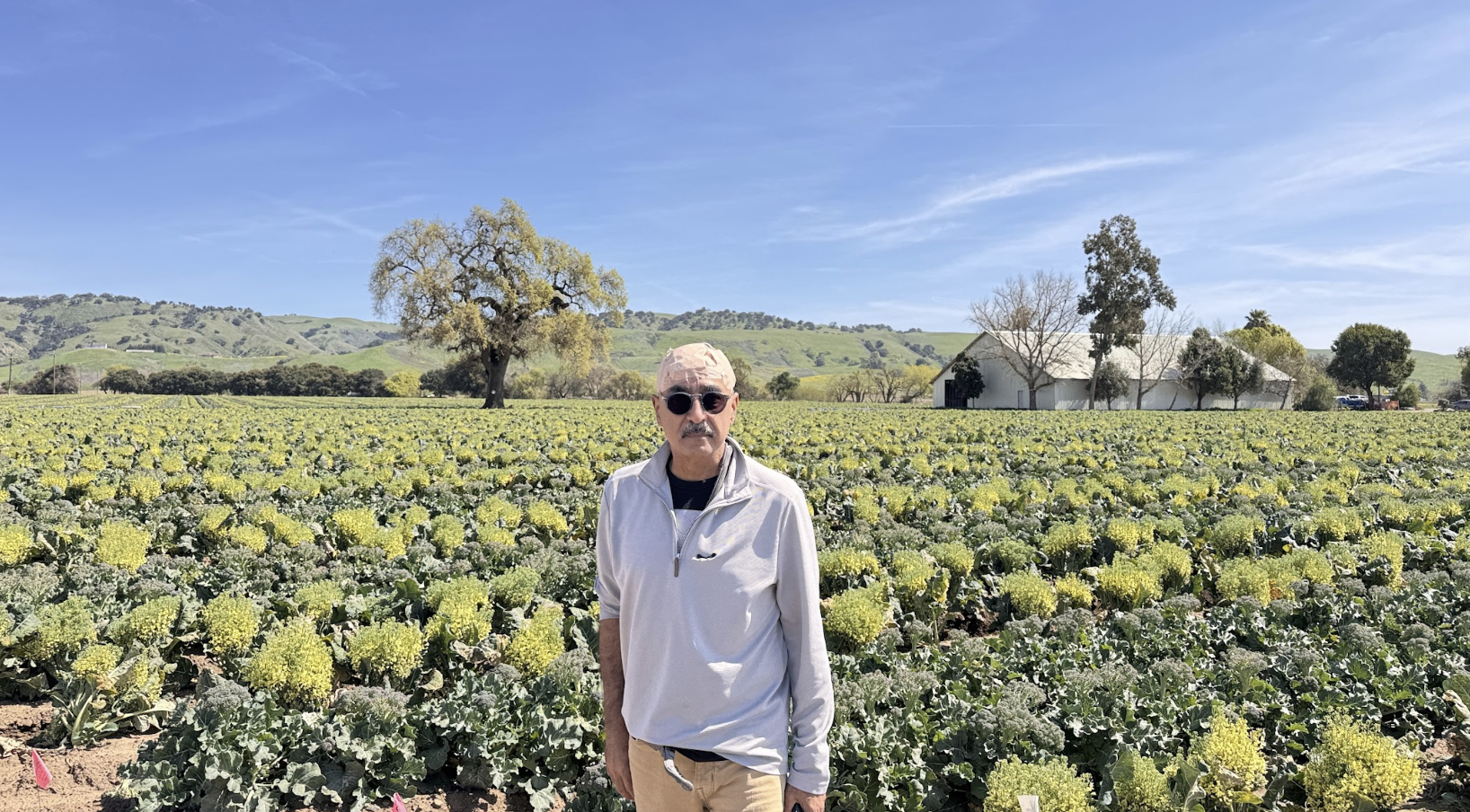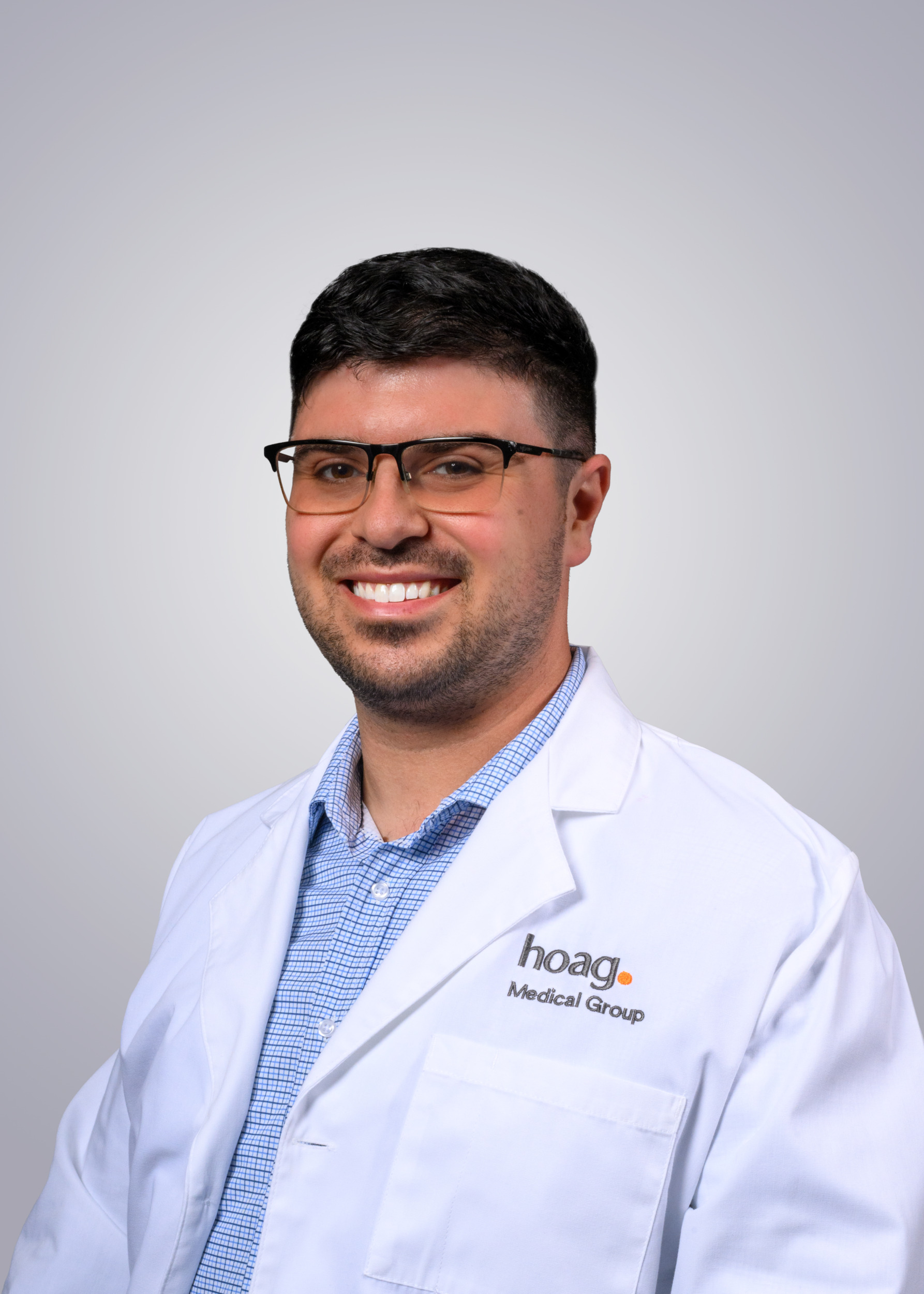
When Marina Kazin awoke from a six-week coma in Hoag’s ICU, she embarked on a journey of putting the pieces of her life back together.
“I felt as if I had turned into a baby again,” she said. “I had to learn everything over again.”
A fitness enthusiast and former senior account executive at Google, Marina had never struggled with neurological problems. She enjoyed the outdoors, horseback riding and spending time with her husband, Pete, and their three young children. So when she suddenly began experiencing strange and erratic symptoms that would arrive at night and disappear by morning, she was mystified.
“My vision would get very blurry, and I was having chills,” she said. “I wasn’t hearing well, and I was feeling dizzy. Then I’d wake up and I’d be fine.”
What she assumed could possibly be the early makings of a flu evolved into something much more serious.
“When she arrived at the ER, Marina presented with symptoms that were pretty typical of meningitis,” said Hoag Neurologist Dr. David Millett. “But then her condition began to deteriorate, and she started to become more confused, inattentive and unresponsive. She also developed abnormal, jerky eye movements. We very quickly placed her on continuous EEG monitoring and realized she was having multiple, back-to-back seizures. We then simultaneously tried to stop her seizures while searching for an underlying cause.”
After several intravenous medications and anesthetic agents failed to control her seizures, it became clear to Dr. Millett that Marina was battling a very rare condition: New-Onset Refractory Status Epilepticus (NORSE). Considered the most dangerous form of new-onset epilepsy, NORSE is a form of encephalitis that presents in healthy people that have no prior history of seizures or epilepsy. Known as a fulminant autoimmune condition, NORSE is fueled by antibodies that may be associated with an underlying (often undetected) cancer, though in many cases, an exhaustive search for an underlying cause comes up empty.
Within 48 hours of recognizing her resistant seizures, Dr. Millett placed Marina in a medically induced coma in Hoag’s ICU to protect her brain from any further damage while the neurology team hunted down an effective treatment plan.
There are many challenges associated with treating NORSE patients. Typical anticonvulsants and even anesthesia isn’t capable of controlling seizures enough to safely remove a patient from a ventilator. Instead, patients will often require multiple forms of immunotherapy including steroids, immunoglobulins, plasma exchange and even some types of chemotherapy. In Marina’s case, all four treatment methods were necessary in controlling her seizures after a month in the ICU.
The prolonged period of hospitalization also poses a high risk of complications including organ toxicity from anesthesia, infection, deep vein thrombosis and others. For these reasons, the mortality rate for patients with NORSE currently rests at 25 percent, and more than 90 percent of survivors struggle with drug-resistant epilepsy as well as long-term neurological damage following the initial episode. Despite these formidable odds, Marina began to improve after weeks of aggressive immunotherapy.
“The ICU experience was phenomenal,” said Marina’s husband, Pete. “They treated us like family. Everybody was just on it, trying to do whatever they could do to fix this and to save her.”
After 6 weeks in the ICU, Marina was finally able to awaken from anesthesia without experiencing seizures. Thus began her road to recovery.
“Pete told me that when I woke up, I kind of just smiled, and then I would lay back down or rest again, and then I opened my eyes a little bit more and I’d try to speak,” she said. “But he said it was really hard to understand me.”
Marina spent the next several weeks in the Fudge Family Acute Rehabilitation Center at Hoag reclaiming her strength, processing skills, speech and movement.
“Through the therapies I received at Hoag, I was slowly able to find my words again, and my memories.”
Though some past dates and time periods remain elusive and various day-to-day tasks challenging, Marina has learned to manage her illness and rarely encounters a breakthrough seizure.
“We owe her remarkable recovery to Dr. Millett and his team,” said Pete. “When it comes to the treatment of epilepsy, I hope all of Southern California realizes the level of expertise and care that is available at Hoag. No one should be left untreated for this condition when we have this incredible resource right in our own backyards.”
Now taking three medications (a sharp contrast from the 17 she was on in the ICU), one of her top priorities is to reduce her antiseizure medications as much as possible without risking future seizures, and Dr. Millett hasn’t shied away from helping her achieve this.
“He’s done an incredible job at understanding where I want to be, and he’s not quitting,” she said. “He’s always making sure I’m progressing and has taken a vested interest in ensuring I have the best possible outcome.”
Looking ahead, Marina hopes sharing her story will help others impacted by epilepsy and seizures.
“I’d love to talk to people that have been in similar circumstances as myself, and help them get through those difficult moments,” she said. “You really can do whatever you put your mind to.”









